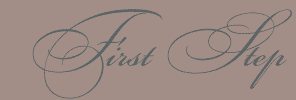
|
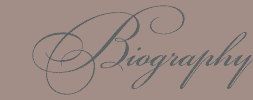
|

|
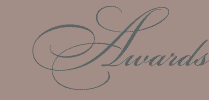
|

|

|
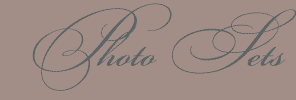
|
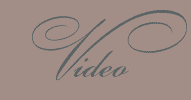
|
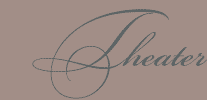
|

|

|

|


"2009's Sin Nombre was an audacious debut from Cary Fukunaga and won the director great acclaim and marked him as a man to watch.
It was a with a measure of surprise and excitement that we greeted the news that his next film was to be an adaptation of Charlotte Bronteís classic Jane Eyre, a feeling compounded when Michael Fassbender and Mia Wasikowska were cast in the central roles of Rochester and Jane.
The film is (finally) released here in the UK on the 9th of September and we sat down with the director to talk about his attachment to the book, the challenges of structuring the film adaptation and finding his perfect cast."
Q: What initially attracted you to Jane Eyre?
A: I knew it more as a film when I was a kid, itís kind of one of those classic Hollywood films that I just grew up with and really loved and it was one of my favourites. Iíd been thinking of readapting it, as one of the classic films I hadnít seen adapted in a while Ė thatís sort of proof I hadnít been aware of how many adaptations there had been recently. There are probably more avid fans in the US who knew, but I hadnít been aware of any recent different versions of the book on film or TV, so I thought there hadnít been one in a while. I guess the BBC one was pretty recent so that had been fresh on everyoneís minds but through during the film Iíve learnt more about the others, the Timothy Dalton? version and all the others. Itís just the classic stories that, not that I identified with, but the mix of mystery and the horror and the romance and the period captured my imagination.
Q: Can you tell me about the casting process?
A: It was really simple actually, it happened so quickly. When I had my initial meeting with the producer of the film, Alison Owen, she asked who I imagined in the film. I didnít really know who I wanted for Jane just then but Iíd seen Steve McQueen?ís Hunger earlier that year and wanted to see if I could get Michael Fassbender, so he was the first person I thought of. I had a meeting with him about a month later in LA as I was doing some work out there and we had a chance to meet up and just had some beers and smoked some cigarettes and talked about the Bronteís. Michael was pretty well versed on it, and I think Heathcliff is one of his favourite characters and at one time I think he was meant to play Rochester before so he was familiar with Rochesterís story and we just really vibed and had really similar ideas, and how we could interpret it compared to previous versions where it had been treated like a period romance and the gothic was lost.
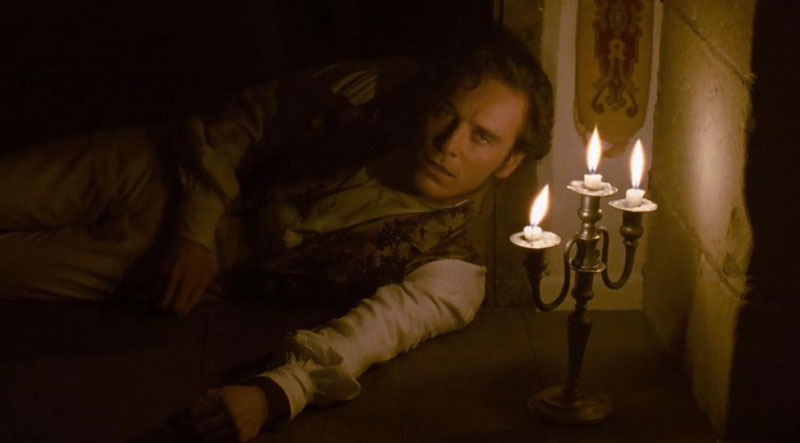
Quite often when Iíve gone back to review previous adaptations, even in the 2006 version, when the gothic scenes come up they feel out of place. I saw the first episode of the 2006 version where they have Jane in the Red Room, and itís just like shakey handheld camera then back to normal. And for me I think there has to be continuity when youíre dealing with that. Itís different because when youíre reading youíre allowed to change tones and you can spend hours and hours reading something and digesting it and experiencing it in your own way, but when youíre watching someone elseís film, someone elseís depiction of something then you change tones and you can lose the audiences, and thatís something you donít want to do.
Q: As youíve mentioned, Jane Eyre is heavily influences by the gothic and the supernatural, how did you go about bringing these tones into the film?
A: I read the book again and again, and I wasnít trying to make it more horror than the book actually was. There are those spine tingling moments in the book, as for me the gothic comes out more in the details in the book rather than scary moments. Bronte talks about Jane walking around the third floor gallery and all this furniture thatís been kept up in the storage room and all these cushions that have been sewn by hands that have long since been turned to dust. Those sorts of observations of death and morbidity I found for me that was the gothic. If you think about her walking those rooms they are her versions of horror and gothic, they are the spine tingling moments. I knew I wanted to have moments in the film that would make the audiences jump, not in a hammer horror type way but in a very naturalistic way Ė things that make us jump in real life.
As a kid we had a two story home and after I turned the lights off downstairs Iíd run up the stairs, always having my back to the darkness behind me. Just those sorts of little things. So you can imagine what Jane felt and we tried to create it with the cinematography and the sound, just trying to have those moments where also the more percussive moments and the pheasant jumps up and flies at her, I wanted the audience to jump as well. You know sheís slightly spooked by herself, and in the books there is so much detail. Itís oral tradition, the idea of scaring as a form of entertainment.
Q: Obviously the book is linear and in chronological order, what prompted your decision to film it non-linear?
A: The first reason would be storytelling, but there are two benefits to it. Firstly you get to start off in a much more mysterious way. There has been a recent trend in the past ten or twenty years of starting a film in a moment, and then building up to how that moment happened, so itís a very contemporary method of storytelling because you know that something is going to happen so it creates this sense of impending doom. But also what it does is, the chronology of the book is such that the Rivers part of the story falls in the last third and although itís an extremely important for Jane to have those relationships, to find a family and to find a potential partner, itís a narrative speed bump, if you think that the real attraction of the story is Jane and Rochesterís relationship. So what ends up happening in feature versions of the films is that the Rivers section gets compressed so that itís ineffective. I think even in the 1943 version where Aldous Huxley? was a screenwriter he condensed John Riversí character with a preacher from the school so we get the information about the inheritance but not the possibility of Jane and John Riversí potential partner, and thatís an important part of Janeís character to be able to make those decisions. If you donít give her a sense of control over her fate then you take away a part of her strength. So by starting off at that part of the story we could take the important parts of the Riversí story and spread them across two hours. Where as if theyíd been all together they wouldnít make sense, but because we spread them out we create the sense that time has passed with them and you can therefore understand why she would give her money away to them or why that she would even consider John as a potential husband.
Q: Thornfield is stunning, where did you shoot?
A: We shot in the same place they shot the Zeffirelli film and the 2006 BBC, and at least one more. I think thereís been four Jane Eyreís filmed there. Itíd Hadden Hall in Bakewell up in Derbyshire. Theyíve shot Pride and Prejudice there, The Other Boleyn Girl?, Princess BrideÖitís incredible how many films have been shot there. And itís strange now going back and watching any of those films because I see rooms and think ĎOh, I remember that roomí. It just has these empty chambers that you can convert into anything.
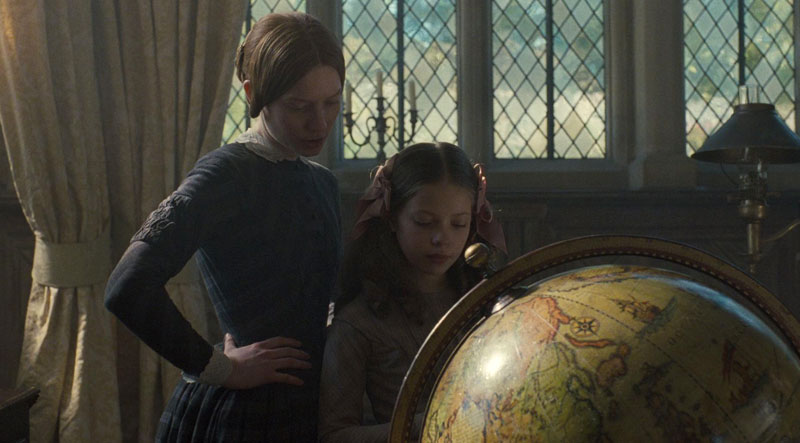
Q: Jane Eyre is quite heavily influenced by earlier novels including Northanger Abby by Jane Austen. What has influenced or inspired you so far in your career?
A: Photography was what really inspires me. Maybe itís because for me film deals with the fourth dimension; you deal with time, and every story has its own pace or rhythm so films donít often to help inspire in that sense. But photography does because continually communicates to my cinematographer what look Iím going for and they can work from that. Thereís a lot of Helen Van Meene early to mid 19th Century photographs of women in that time that I took inspiration from. There is another French photographer who took a lot of photographs of her daughters, just lounging in their petticoats, and it was a lot more tactile. We talked a lot with Mia and with Michael OíConnor, the costume designer, about these kind of moments, about getting rid of the idea that everyone is so stuff and upper lipped at all times but what they were like when no one else was watching them, because thatís what we really want to see with Jane.
Q: Jane learns from an early age that a life of solitude is what is expected of her. What do you think it was about Rochester that drew Jane to him, and he to her?
A: I think Rochester challenged her. His rudeness made her feel more comfortable because she didnít have to be polite back; she could be her true self. So, it was his lack of repression for her to be open and witty rather than reserved and timid which she was about Miss Fairfax. And that was a gateway to deeper feelings. I think she saw in him someone as tortured as he was, even if she didnít know why or how.

Q: Youíve also got a wonderful British supporting cast, was that always important to you?
There are no supporting roles, every cast member is important. But we were lucky to get who we got: it was always complicated dealing with schedules and availability but to have Judi Dench and Sally Hawkins, Jamie Bell and everyone else was a real pleasure. Thereís enormous talent here so taking advantage of that was definitely a highlight of shooting around here.
Q: You mentioned earlier about condensing and spreading out certain scenes, was it difficult to decide what made the cut and what didnít?
A: Yes, even some of the deleted scenes which we took out of the film were really fiercely debated as we were trying to figure out the best version of the film. Those kinds of things Ė condensing language, condensing everything else. Each of us had our favourite moment or scene and debated back and forth, we tried to include as much as possible as long as it didnít ruin the scene. There are also these iconic moments where you debate do you put that in or do you take it out? In the end you make the decision whatís best for the film. There are things we took out which might upset fans, but itís a movie, not the book, itís its own animal.
Q: How do you think Jane Eyre appeals to international audiences?
A: I donít know yet, weíre finding out! Apparently it did quite well in South Korea, and I donít know why. Maybe itís the tradition of soap opera there, there melodrama to women, as itís a story that definitely appeals to women and younger girls, and I think as they grow up they look back at it and see it as a powerful story from their formative years. And itís divisive. I know people that read it when they were younger and said they didnít understand what Jane saw in Rochester, and itís interesting when they go back and reread it. My friend Laura still doesnít understand what Jane saw in him. I think itís great, because it makes it more real. If it was too appealing then sheís a generic person. Charlotte [Bronte] is so clear in the description of Janeís thoughts and observations that those who identify with it, really identify with it.
Q: I think the ďdo you think, because I am poor, obscure, plain and little I donít have as much heart and soul?í is definitely one of the most powerful scenes, both in the book and the film.
A: I think that thatís what gets people upset sometimes, that in the film versions they feels itís unfair that Jane is shown to be attractive because they think that women who identify with that idea are not attractive, they like the idea that thereís a heroine who isnít attractive. But I also think itís one of those things about Jane and that her perception of self was so much lower than who she really was. Because Diana Rivers even says that Janeís pretty Ė I have proof in the book that she says it! Itís more her own perception than being less of who she is. I also think itís the same with Rochester. I mean, Rochester must have been attractive.
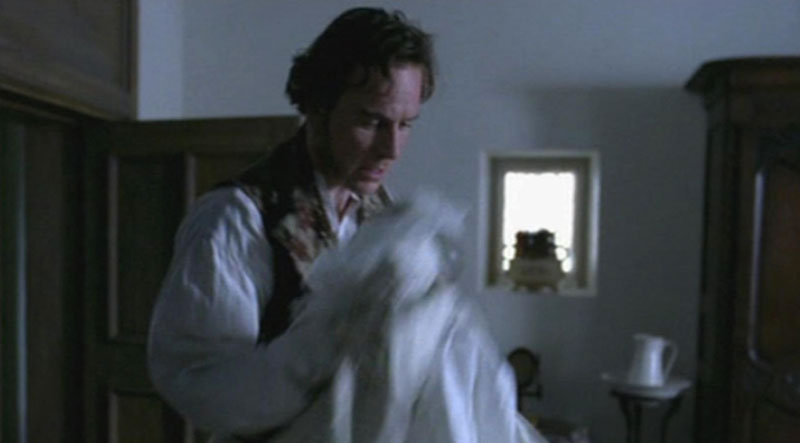
Q: There is the scene in the book where Rochester asks Jane if she thinks he is attractive, and she talks about his large forehead showing his intelligence and large Roman nose.
A: Yeah, itís like having a royal forehead. I also have female friends that think the men they are attracted to are weird looking, they like to think they like to one that no one else likes, the oddball. But then you like someone that everyone else likes, that other people find attractive as well. Itís the idea of uniqueness of attraction. So I donít think you can necessarily take Janeís subjective word for being the truth in the sense of whether she is beautiful of not.
The Source
